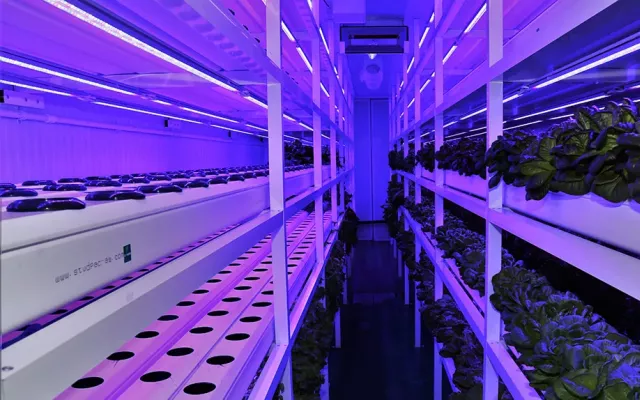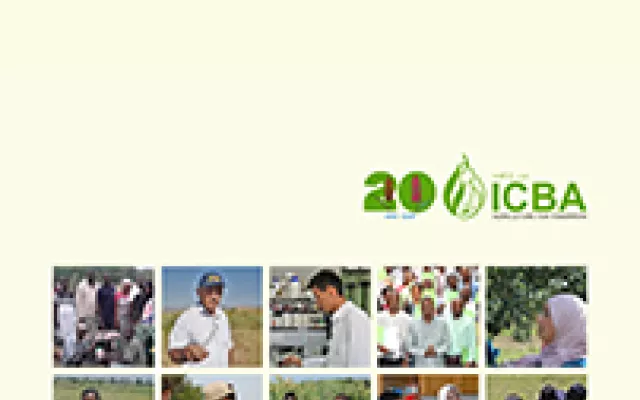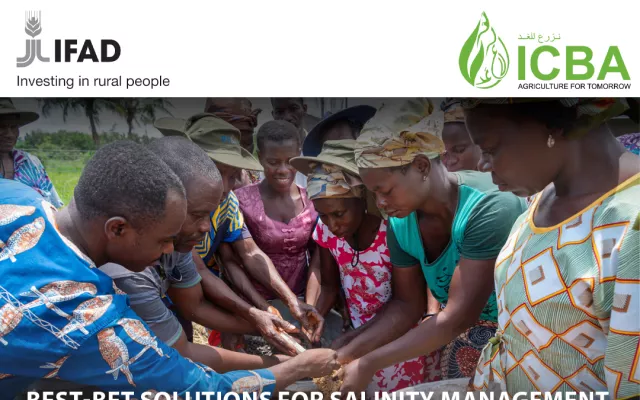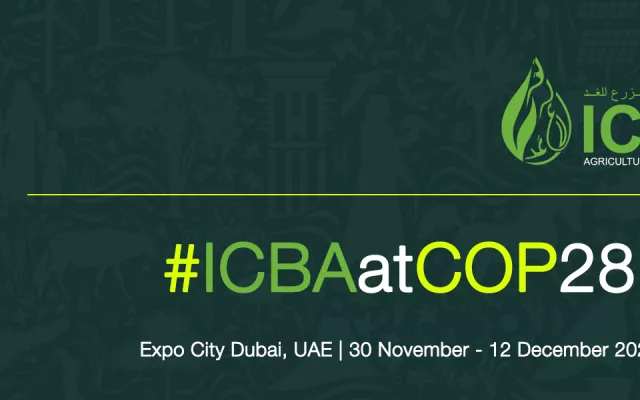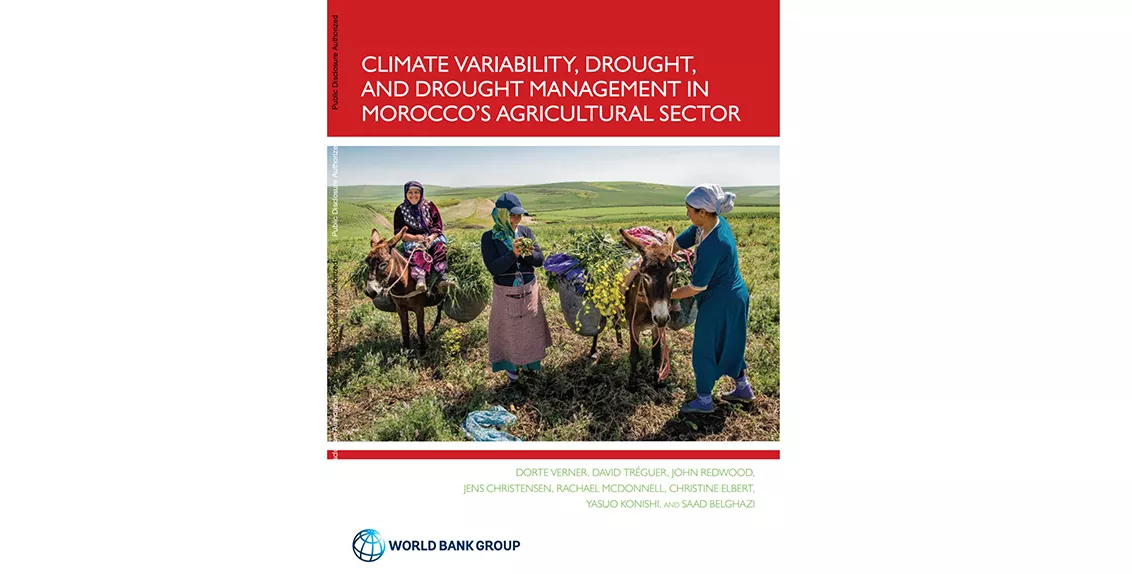Study sheds new light on drought threat in Morocco
1 October 2018
As droughts in Morocco continue to increase in both frequency and intensity, a new research report by the World Bank has found drought is severely affecting the country’s water systems and food production.
Co-authored by a team of climate scientists from the International Center for Biosaline Agriculture (ICBA), including Dr. Rachael McDonnell, the report looks at climate variability, drought, and drought management in Morocco's agricultural sector.
“Droughts have in the past and will continue to impact Morocco,” Dr. Rachael McDonnell says. “The recent event of 2015-2016 had a pronounced impact on water systems and food production, leading to a real impact on the national economy,” she adds.
The scientific climate change modelling undertaken highlights that, in some of the key food production areas, droughts are likely to increase in severity and frequency. These are also the river basins, which are important for water supplies, with drought impacting reservoir levels markedly.
Although the Moroccan government has various measures in place, Dr. Rachael McDonnell believes there are many areas for further development. “At the moment, there is no one definition of drought or monitoring system that is used to trigger actions. Various agencies have different means of showing the nature and extent of drought conditions across the country,” she explains.
Even where drought maps are regularly generated, these are not used by extensively by national and local government offices and businesses that need to take action to minimize the impacts on people, the economy and the environment. Given the severe impact of climate change witnessed globally, the trend is expected to be more evident in the future. And the damages it brings about are detrimental to the environment, from rural livelihoods to the national economy as a whole.
Recently, the Intergovernmental Panel on Climate Change (IPPC) projected a continued warming trend for Morocco. Every decade since 1970, there has been a 0.5 degrees centigrade observed temperature increase, greatly exceeding the global average by about 0.15 degrees.
Unless strong action is taken to mitigate this trend, the report mentions additional temperature increases of as much as three to seven degrees centigrade projected for Morocco by 2100, with the largest increases anticipated for the summer months.
Annual precipitation is also expected to drop by 10 to 40 percent, including a 10 to 30 percent reduction during the wet season, from October to April, and a 10 to 40 percent decrease during the dry season, from May to September.
Over the next 20 years, Morocco is estimated to be more exposed to drought and other extreme weather events, unless serious preventive measures are taken.
The report highlights various areas of further development which center on adopting a proactive response that builds drought resilience during periods when there is no event and defines action plans and policies for implementation during events.
According to Dr. Rachael McDonnell, the approach needed requires developments in information technology for monitoring and forecasting ahead the occurrence of events, as well as in understanding the truly vulnerable areas to drought impacts and the economic costs, so these can be targeted in action. “Action plans are needed, which will be triggered at different levels of drought in the affected areas,” she says. “This will include actions for limiting water to some non-key areas so that supplies to humans are maintained.”
She also points to investment plans and technology adoption that would ensure key sectors, such as agriculture, are more drought-resilient so that future events cause less impact. “This might be through different crops, or different species that are more drought-resilient,” she concludes.


